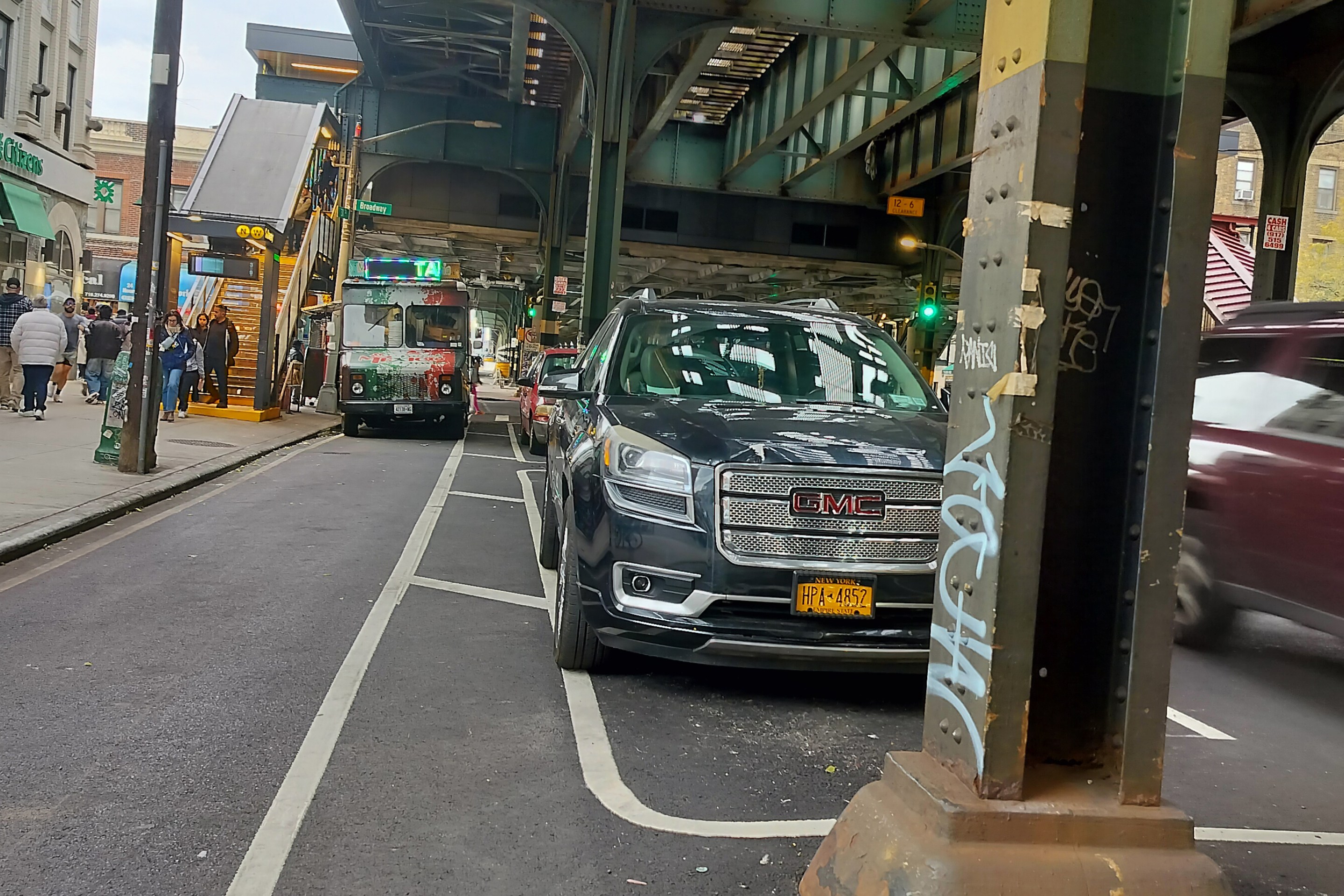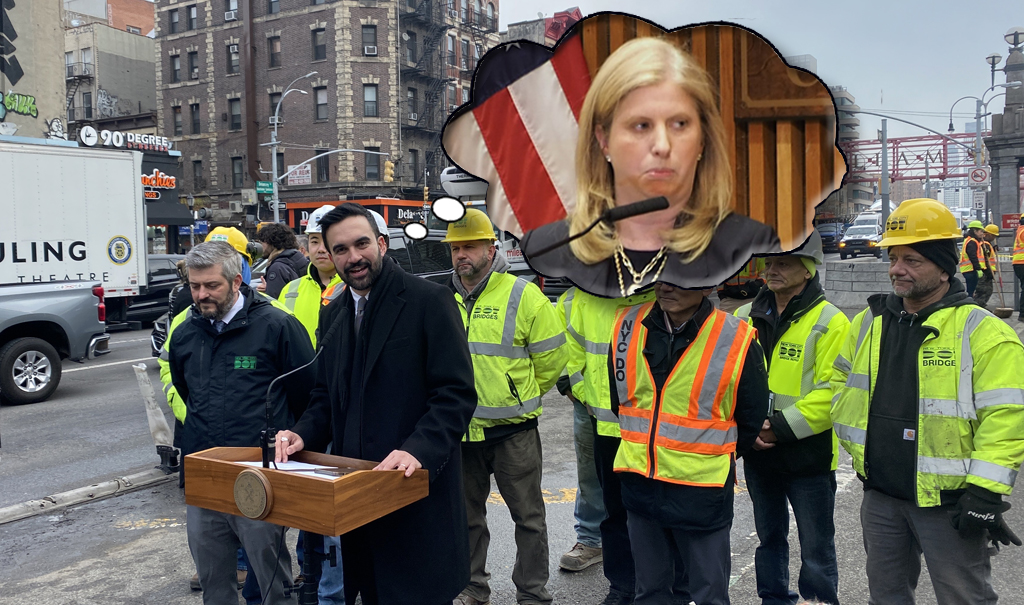
Clever hedge fund managers have figured out ways to make money off of weather futures, the electricity grid and quite a few other unlikely sources. What I want to know is if anyone can help me find a way to invest my retirement savings in bicycling in Portland, Oregon. According to the latest numbers, it's a serious growth industry.
Between 2004 and 2005 the number of cyclists using the four bridges that cross Willamette River into Downtown Portland grew 15 percent. That's impressive. Yet, the growth rate jumped to 18 percent between '05 and '06. The next year, according to a sneak peak at preliminary '06-'07 counts, the number of bikes using the four bridges jumped 21 percent. (Check out Clarence Eckerson's StreetFilm, Portland: America's Most Livable City, if you want to see what these heavily-biked bridges look like for yourself).
Part of what makes these numbers so remarkable is that the growth in cycling took place during a time when bike path construction essentially flattened out.

Why are so many Portlanders taking to their bikes? Raisman points to the improving quality of the city's bike facilities and intensive government efforts to discourage single-passenger car trips while encouraging walking, bicycling, transit and car-pooling through a public outreach program called Smart Trips.

An analysis shows that in 2006 Smart Trips shifted 8 percent of single-passenger motor vehicle trips to more environmentally-friendly modes while cutting the total number of vehicle miles traveled across Portland's Northeast Hub by 19 million. The city government program, which cost only $319,000, also helped increase the share of bike trips to 7 percent of the total. (You can download a detailed, 19 mb Powerpoint presentation on Smart Trips right here).
It is also interesting to see that as the number of cyclists has grown in Portland over the last 15 years, the rate of bike crashes has plummeted, proving once again, the findings of Peter Jacobsen's famous "safety in numbers" study. The best way to make streets safer for pedestrians and cyclists is to get more pedestrians and cyclists to use the street.

Gluttons for Livable Streets policy can download a preliminary version of Portland's 2006 Bicycle Count Report here, including some wonky breakdowns on helmet use by gender. And if you are really looking to geek out on Portland transportation policy (Trams! Automated bike traffic signals! On-street bike parking! Community street reclamation projects!) download this 25 mb Powerpoint presentation of Raisman's.





